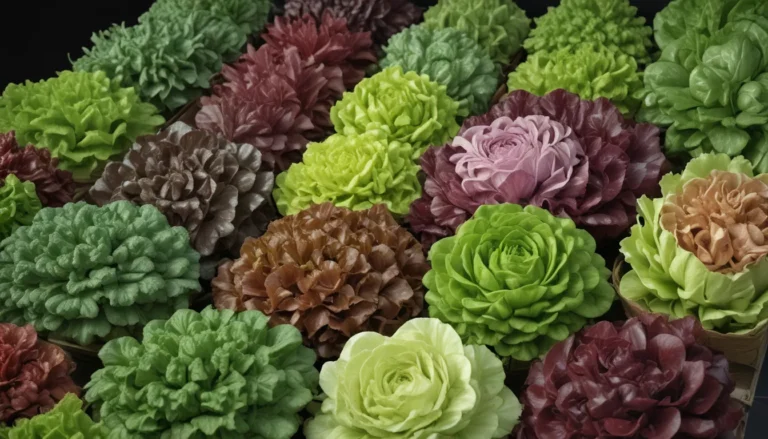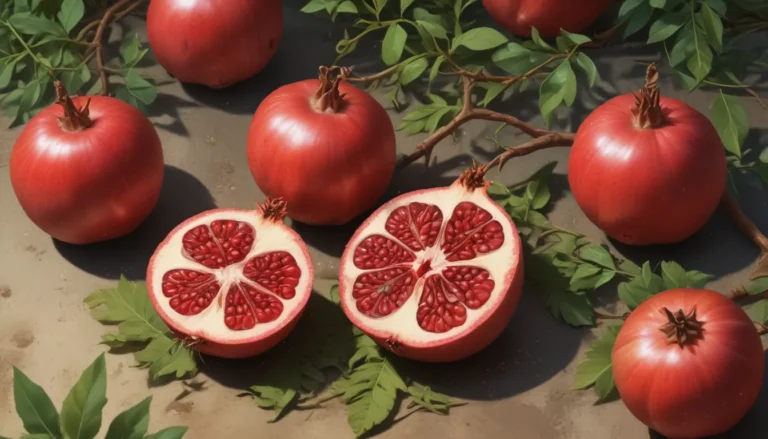A Comprehensive Guide to Growing Mexican Hat Flowers

If you’re looking to add some flair to your landscape with a drought-tolerant perennial that attracts birds, bees, and butterflies, look no further than Mexican Hat flowers!
What Is Mexican Hat?
Mexican Hat, scientifically known as Ratibida columnifera, is a prairie coneflower native to North America. It features distinctive sombrero-like flowers with droopy petals in shades of yellow, yellow and red, or reddish brown. The plant blooms from late spring to autumn and is a favorite of wildlife.
Cultivation and History
Native to the Great Plains, Mexican Hat thrives in prairie grasslands and plains habitats. It belongs to the Asteraceae family and has a history of medicinal use by indigenous communities. The plant is related to echinacea and joe-pye weed.
Propagation
The best way to propagate Mexican Hat is from seeds, either through direct sowing or starting seedlings in pots. Seeds require cold stratification to germinate and can be sown in the early spring or fall. Transplanting potted seedlings is also an option for propagation.
- Direct Sowing
- Seeds need cold, moist stratification for germination.
-
Clear the planting area of weeds and sow seeds lightly into the soil.
-
Starting Seedlings in Pots
- Sow seeds in three-inch pots with sterile growing medium.
-
Transplant seedlings outdoors after hardening off.
-
From Transplants
- Dig a hole twice as wide as the nursery pot and plant at the same level as in the pot.
How to Grow
Mexican Hat prefers full sun but can tolerate some shade. It thrives in well-draining soil with low to moderate water requirements. The plant can adapt to various soil types and pH levels.
Growing Tips
– Plant in full sun.
– Grow in well-draining soil.
– Provide additional irrigation in arid climates or drought conditions.
Pruning and Maintenance
Mexican Hat is relatively low-maintenance but benefits from pruning in the spring and deadheading flowers in the summer. Fertilize in the fall with an all-purpose natural fertilizer to keep the plant healthy.
Varieties and Cultivars to Select
Several varieties of Mexican Hat are available, including reddish brown, yellow, and bicolored options. These variations offer different heights and flower colors to enhance your landscape.
Managing Pests and Disease
Mexican Hat is deer-resistant but susceptible to diseases like crown rot and powdery mildew in humid conditions. Proper plant spacing and suitable growing regions can help prevent these issues.
Best Uses
Mexican Hat is versatile and can be used in various ways, such as in cut flower gardens, containers, and as a food source for pollinators and birds. It is ideal for mass plantings, naturalizing, erosion control, and xeriscape designs.
Quick Reference Growing Guide
- Plant Type: Herbaceous flowering perennial
- Flower/Foliage Color: Yellow, yellow and red, reddish-brown/green
- Native to: North America
- Hardiness (USDA Zone): 4-9
- Exposure: Full sun
- Height: 12-36 inches
- Spread: 18-24 inches
- Water Needs: Low to moderate
- Attracts: Bees, birds, butterflies, other pollinators
An Upstanding Floral Option
Mexican Hat is not just a beautiful addition to your garden, but also a valuable resource for wildlife. Whether you’re looking to attract pollinators, add color, or conserve water, this resilient perennial can meet your landscaping needs.
How do you plan to incorporate Mexican Hat flowers into your landscape? Let us know in the comments below and share your gardening successes with us!
If you’re interested in exploring more wildflower options, check out these articles:
– How to Grow and Care for Gaillardia (Blanket Flowers)
– How to Grow and Care for Coreopsis
– How to Grow and Care for Prairie Onion





